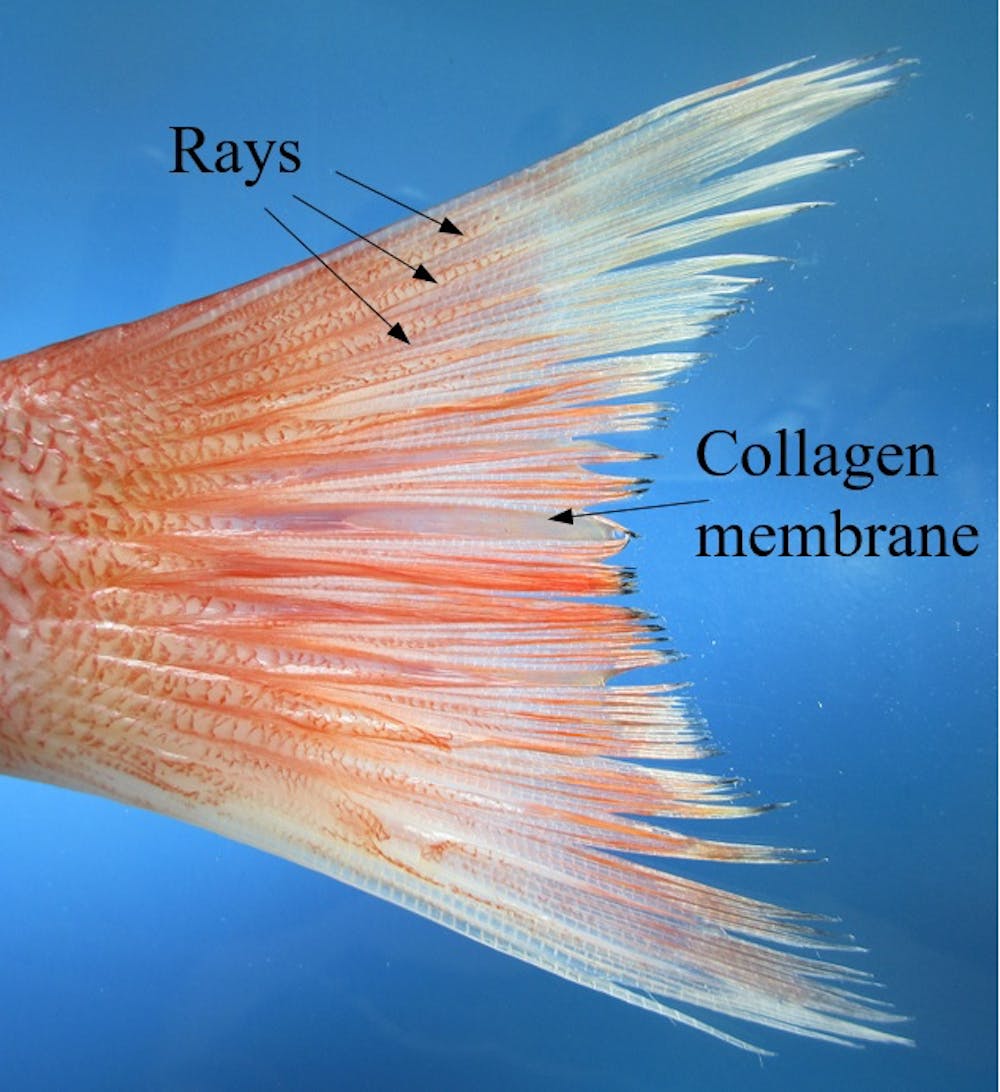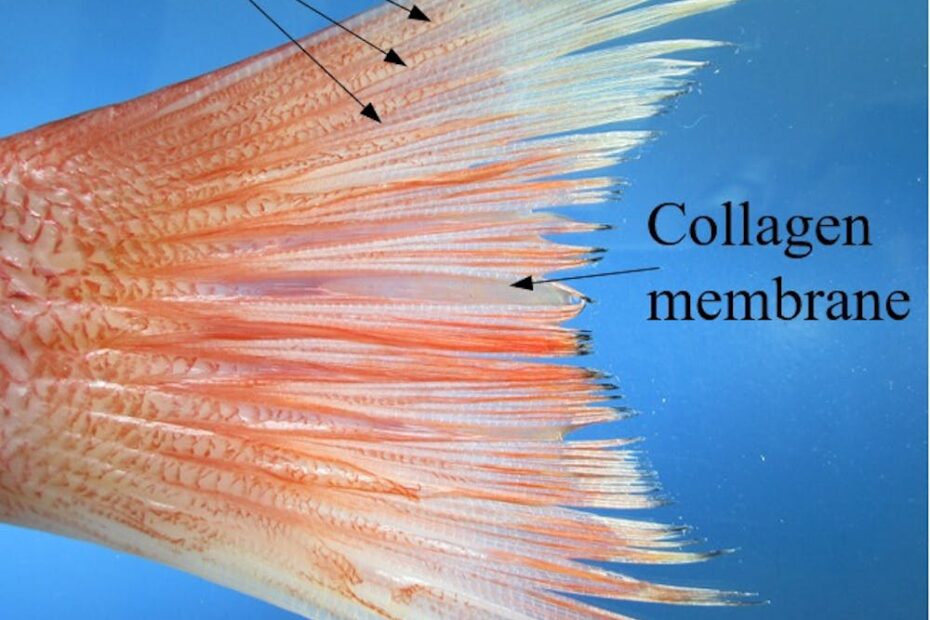Why Is One Way Flow An Advantage To Fish: Unraveling Natures Design
This Tesla Valve Straw Only Works In One Direction
Keywords searched by users: Why is one way flow an advantage to fish explain how the gills of a fish are adapted for efficient gas exchange, gas exchange in fish step by step, explain how the countercurrent mechanism in fish gills, advantages of countercurrent flow in fish, gas exchange in fish gills, what is countercurrent flow in fish, gas exchange in fish a level biology, explain the movement of oxygen into the gas exchange system of an insect when it is at rest
What Is The Advantage Of One Way Flow Of Water Over Gills?
The advantage of a one-way flow of water over gills lies in its efficient mechanism for oxygen exchange. This process, known as countercurrent flow, is facilitated by channeling, which directs water to flow over the gills in a specific manner. Channeling ensures that the water flow is unidirectional and primarily countercurrent to the flow of blood within the gills. This configuration has been found to be highly advantageous, particularly at lower flow rates. When blood flow and water flow move in opposite directions (countercurrent), it significantly enhances the exchange of oxygen and carbon dioxide. This is more effective than if blood and water were flowing in different directions, as it maximizes the efficiency of oxygen uptake and carbon dioxide removal in aquatic organisms.
What Are The Advantages Of Fish Gas Exchange System?
The fish gas exchange system offers several distinct advantages that make it highly efficient for respiration. One key advantage lies in the substantial surface area of the gills, which plays a pivotal role in facilitating gas exchange. Additionally, the presence of extensive blood capillaries within each gill filament further enhances this efficiency. These capillaries act as conduits for the exchange of gases between the fish’s respiratory system and its bloodstream. Another critical factor contributing to the efficiency of this system is the remarkably short distance required for gas diffusion. Both the outer layer of the gill filaments and the walls of the capillaries are incredibly thin, consisting of just one cell layer. This minimal separation allows for rapid and effective diffusion of oxygen from the surrounding water into the fish’s bloodstream and the removal of carbon dioxide. Together, these factors make the fish gas exchange system a highly specialized and proficient mechanism for ensuring the fish’s respiratory needs are met, enabling them to thrive in aquatic environments.
Discover 32 Why is one way flow an advantage to fish


Categories: Summary 99 Why Is One Way Flow An Advantage To Fish
See more here: c1.chewathai27.com

This means the water flows through the gills in one direction, allowing for more efficient gas exchange than if the water had to go in and out the same way. This is important for fish becaus of the low oxygen concentration in water.Channeling has the added advantage of ensuring that water flow in the gill is unidirectional and largely countercurrent to the flow of blood. At low flow rates, countercurrent flow has been shown to result in higher exchange efficiencies than if blood flow and water flow are at some other angle to each other.Exchange of gases in fish is very efficient because of: the large surface area of the gills. the large surface area of the blood capillaries in each gill filament. the short distance required for diffusion – the outer layer of the gill filaments and the capillary walls are just one cell thick.
Learn more about the topic Why is one way flow an advantage to fish.
- Fish – Gas Exchange
- Gill Lamella – an overview | ScienceDirect Topics
- Breathing – Animal organisation – gaseous exchange systems – AQA
- An efficient exchange: countercurrent oxygen exchange in fish
- Gas exchange in fish Flashcards – Quizlet
- Recirculation Aquaculture: Fish Metabolism
See more: c1.chewathai27.com/category/money-policy
